10 Best Herbal Teas For Red Eyes

Herbal teas can be a natural and soothing remedy for red eyes, offering gentle relief without the use of harsh chemicals.
Chamomile tea is particularly effective due to its anti-inflammatory properties, which can help reduce eye irritation and swelling. Peppermint and green tea are also beneficial, as they contain compounds that may help alleviate eye fatigue and refresh the eyes. To use these teas, simply steep a few tea bags in hot water and let them cool before placing them over closed eyes for 10 to 15 minutes.
While herbal teas can provide comfort, they should not replace professional medical advice if red eyes persist or are caused by an underlying condition.
FREE Herb Drying Checklist
How to make sure every batch retains maximum flavor, color, and aroma without the risk of mold or over-drying. Eliminate guesswork and trial-and-error, making herb drying faster, easier, and more efficient every time.
Table of Contents
1. Matricaria chamomilla

Matricaria chamomilla, commonly known as chamomile, is a herbal tea often used for its calming and anti-inflammatory properties.
While it is well-known for its soothing effects on the digestive system, chamomile tea may also provide relief for red eyes due to its high content of antioxidants and anti-inflammatory compounds. The tea can help reduce eye irritation and swelling by promoting relaxation and reducing stress, which are common contributors to redness. However, it is important to note that chamomile tea should not replace professional medical advice, especially for persistent or severe eye conditions.
When used as a complementary remedy, chamomile tea may offer gentle relief for mild cases of red eyes.
2. Hypericum perforatum

Hypericum perforatum, commonly known as St. John's Wort, is a herbal plant that has been traditionally used for its potential therapeutic properties.
While it is well-known for its use in treating mild depression, some studies suggest it may also have anti-inflammatory and antioxidant effects that could benefit eye health. Herbal teas made from Hypericum perforatum are sometimes used to alleviate symptoms of red eyes, possibly due to their ability to reduce inflammation and soothe irritation. However, it is important to note that the use of St. John's Wort for eye conditions should be approached with caution and under the guidance of a healthcare professional.
As with any herbal remedy, individual responses can vary, and it may interact with certain medications, making it essential to consult a physician before use.
3. Camellia sinensis
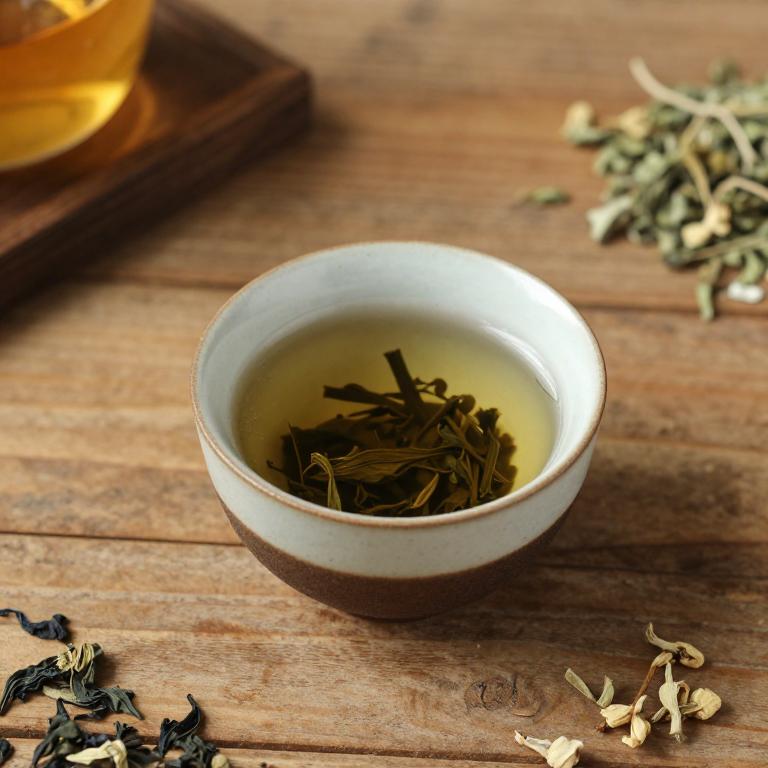
Camellia sinensis, the plant from which green and black teas are derived, is also used in herbal teas that may offer relief for red eyes.
These teas are believed to contain antioxidants and anti-inflammatory compounds that can help reduce eye irritation and inflammation. While there is limited scientific evidence supporting their effectiveness for red eyes, some people find that drinking these teas helps soothe eye discomfort. Camellia sinensis herbal teas are often consumed as a natural remedy for various ailments, including eye problems.
However, it is important to consult a healthcare professional before using them for persistent or severe eye conditions.
4. Urtica dioica

Urtica dioica, commonly known as stinging nettle, has been traditionally used in herbal medicine for its anti-inflammatory and soothing properties.
When brewed into a tea, it may help alleviate symptoms of red eyes by reducing inflammation and irritation in the eyes. The tea is believed to support overall eye health due to its high content of antioxidants and minerals like iron and magnesium. To prepare the tea, fresh or dried stinging nettle leaves are steeped in hot water for several minutes.
While it is generally considered safe, it is advisable to consult a healthcare professional before using it for eye conditions, especially if you have underlying health issues or are taking medications.
5. Rosa canina
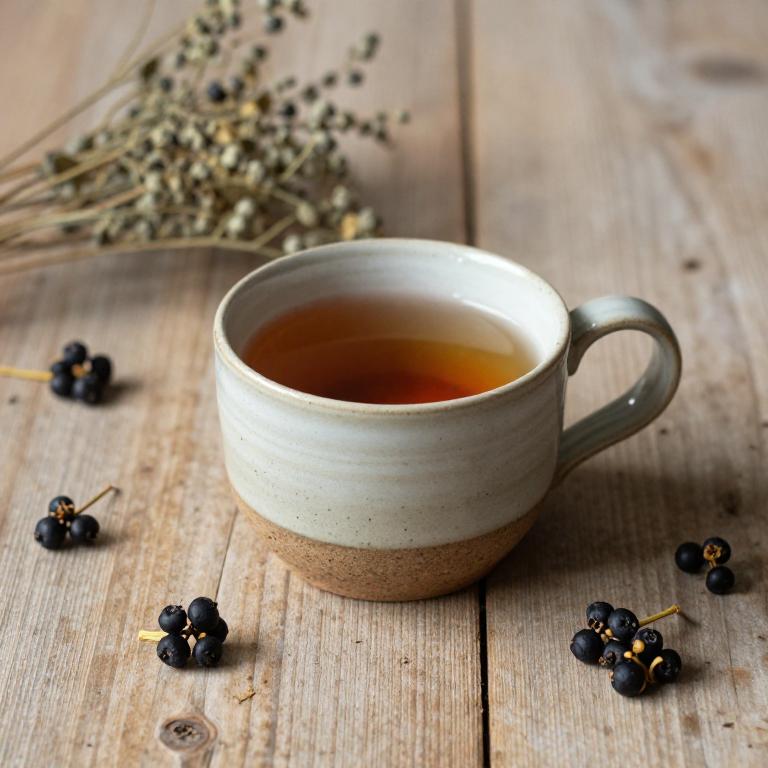
Rosa canina, also known as rosehip, is a traditional herbal remedy that has been used for centuries to support eye health and alleviate symptoms of red eyes.
The tea is made by steeping dried rosehips in hot water, releasing a rich source of vitamin C, antioxidants, and anti-inflammatory compounds. These properties help reduce inflammation and oxidative stress, which are often associated with redness and irritation in the eyes. Regular consumption of rosa canina herbal tea may support overall eye wellness and promote faster recovery from eye strain or minor eye conditions.
However, it is advisable to consult a healthcare professional before using it as a treatment, especially if symptoms persist or worsen.
6. Equisetum arvense
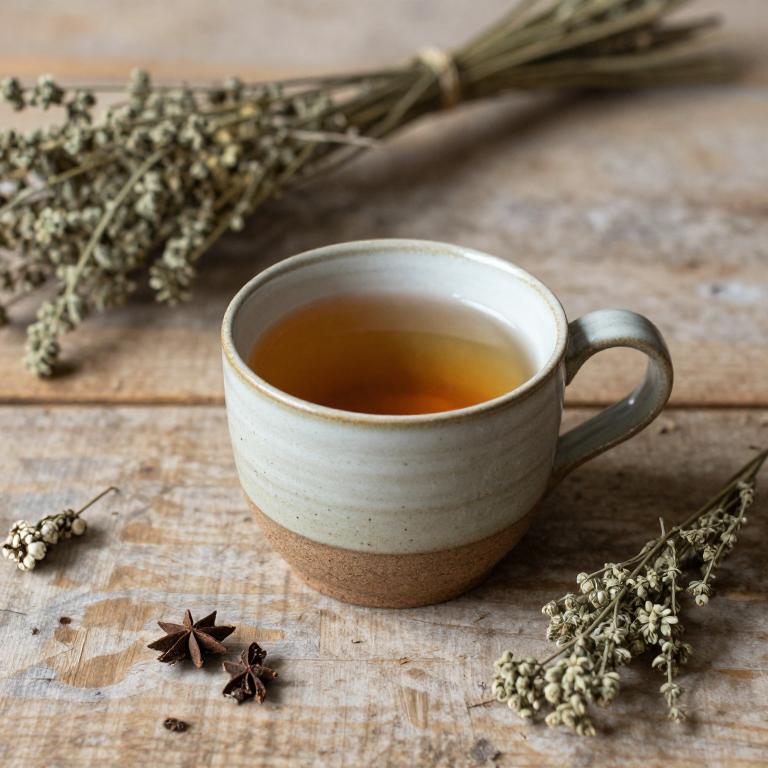
Equisetum arvense, also known as horsetail, is a traditional herbal plant that has been used for its astringent and anti-inflammatory properties.
While it is not commonly recommended for direct use in treating red eyes, some herbalists suggest using a diluted horsetail tea as a compress to help reduce eye irritation and inflammation. The high silica content in horsetail is believed to support tissue repair and may aid in healing minor eye conditions. However, it is important to note that horsetail tea should never be ingested, as it can be toxic in large doses.
Always consult a qualified healthcare professional before using any herbal remedy for eye issues to ensure safety and effectiveness.
7. Vitex agnus-castus

Vitex agnus-castus, commonly known as chasteberry, is a herbal remedy that has been traditionally used to support hormonal balance and may help alleviate symptoms associated with hormonal fluctuations, such as red eyes.
While it is not a direct treatment for red eyes, it can be beneficial for individuals experiencing eye redness due to hormonal imbalances, such as those seen in premenstrual syndrome or menopause. Herbal teas made from vitex agnus-castus are often consumed as a natural alternative to conventional medications, offering a soothing and calming effect on the body. It is important to consult with a healthcare professional before using chasteberry, especially if you have existing health conditions or are taking other medications.
Overall, vitex agnus-castus herbal tea may support eye health indirectly by addressing underlying hormonal issues that contribute to redness.
8. Salvia officinalis
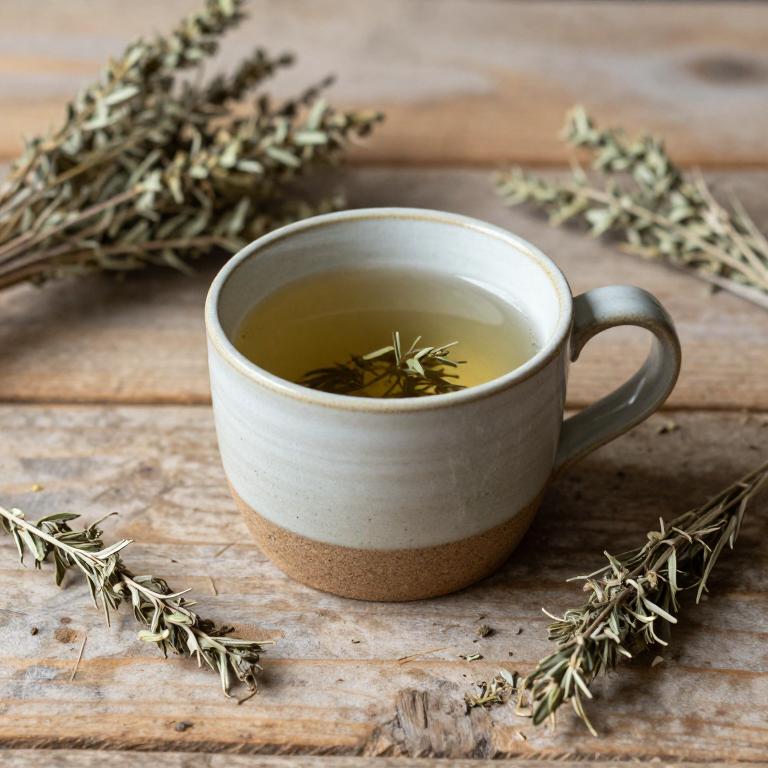
Salvia officinalis, commonly known as sage, has been traditionally used in herbal teas to address various health concerns, including red eyes.
The tea is believed to possess anti-inflammatory and antimicrobial properties that may help reduce eye irritation and inflammation. When brewed from dried sage leaves, the tea can be consumed orally or applied externally as a compress to soothe redness and discomfort. Some studies suggest that sage may help regulate eye moisture and reduce excessive tearing, which can contribute to redness.
However, it is important to consult a healthcare professional before using sage tea for eye issues, as it may interact with certain medications or conditions.
9. Achillea millefolium

Achillea millefolium, commonly known as yarrow, has been traditionally used in herbal medicine for its anti-inflammatory and astringent properties.
When brewed into a tea, it may help reduce eye redness by soothing irritation and decreasing blood vessel dilation. The tea's high concentration of flavonoids and essential oils can provide a cooling effect, which may alleviate symptoms of red eyes caused by minor irritations or allergies. While it is not a substitute for medical treatment, some people use yarrow tea as a natural remedy to support eye health.
However, it is important to consult with a healthcare professional before using it, especially if symptoms persist or are severe.
10. Chamomilla recutita
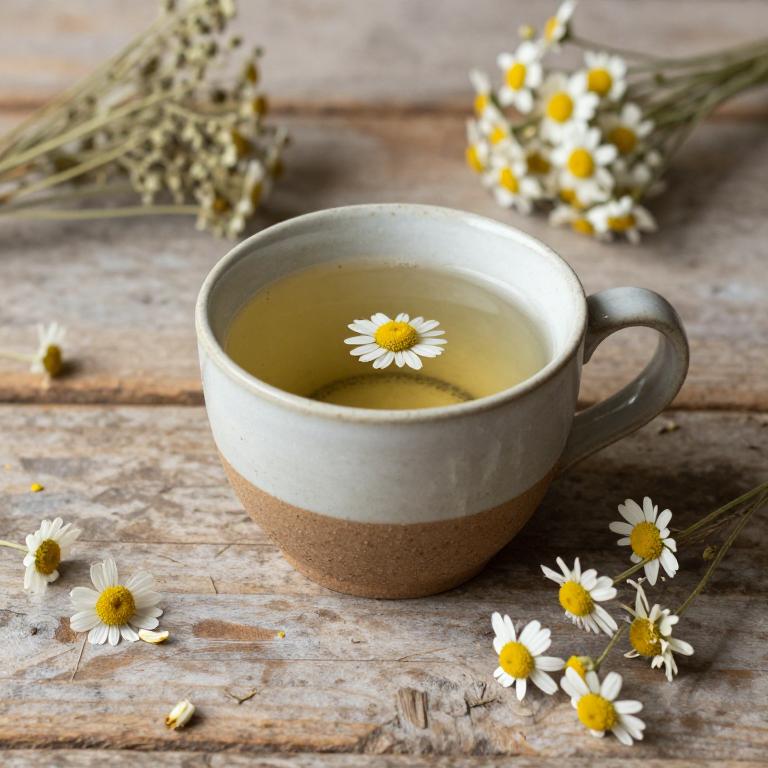
Chamomilla recutita, commonly known as German chamomile, has been traditionally used for its calming and anti-inflammatory properties, making it a popular herbal tea for缓解 red eyes.
The tea contains compounds like apigenin, which may help reduce inflammation and soothe irritated eyes. When consumed as a warm beverage, chamomile tea can promote relaxation and potentially ease eye strain, though it does not directly treat infections or severe eye conditions. Some people apply cooled chamomile tea as a compress to the eyes to alleviate redness and discomfort.
While generally safe, it is advisable to consult a healthcare professional before using chamomile for persistent or severe eye issues.